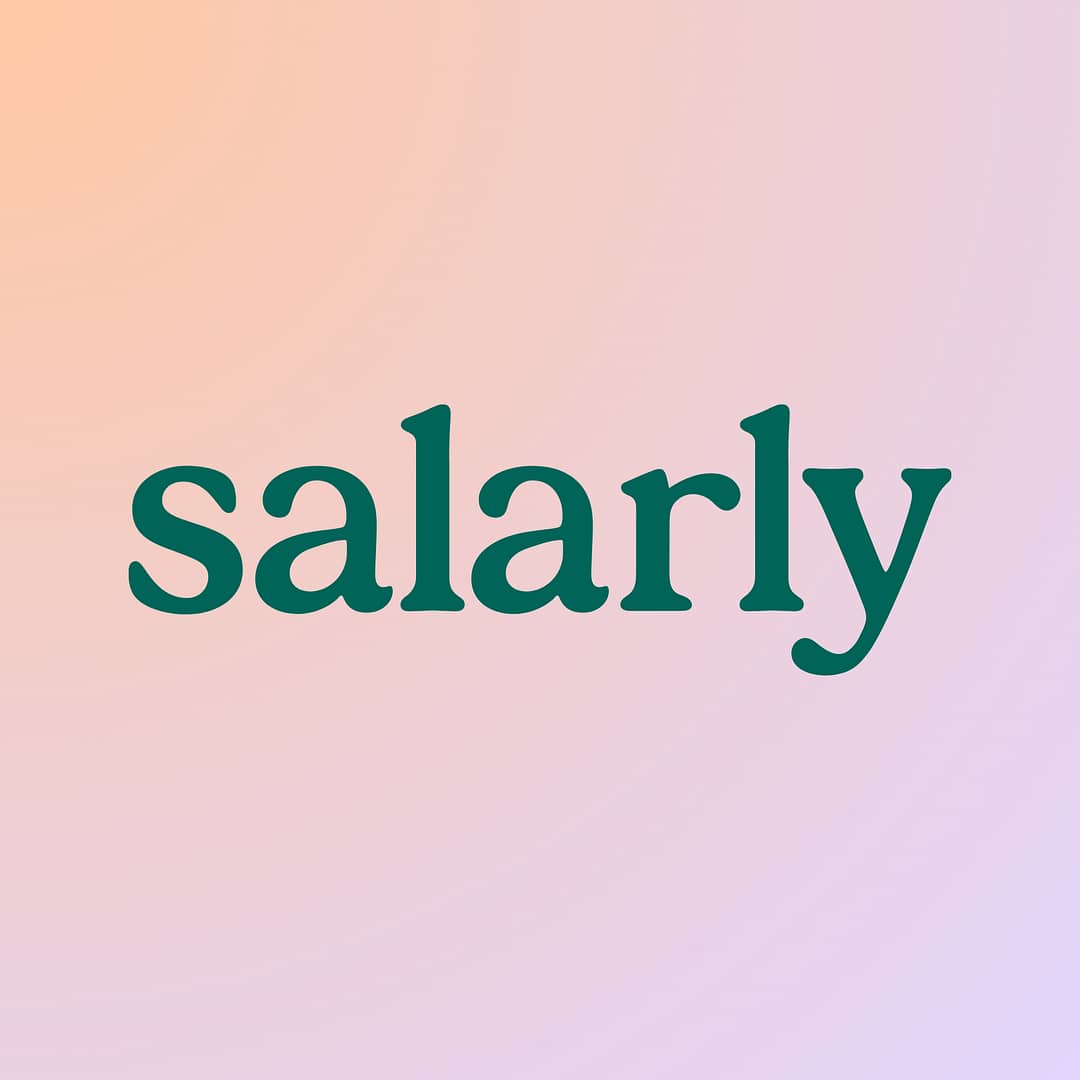Life is unpredictable, especially for teachers. Whether it’s a medical emergency or unexpected home repairs, financial curveballs can throw even the most prepared educators off course. That’s where emergency funds for teachers comes in, a financial safety net that keeps you afloat when the unexpected happens.
For those in education, a profession where stability is often assumed but not guaranteed, having an emergency fund isn’t just a good idea, it’s essential. Whether you’re covering classroom expenses out of pocket, dealing with summer income gaps, or facing surprise personal costs, your financial preparedness matters.
What Is an Emergency Fund for Teachers?
An emergency fund for teachers is money set aside specifically for unplanned expenses. It’s not for vacations, classroom supplies, or planned big-ticket purchases like a new car. Instead, it’s reserved for true emergencies, such as:
- Medical bills not covered by insurance.
- Unexpected car repairs.
- Job loss or reduced income, especially over breaks or contract changes.
- Urgent home repairs, such as plumbing disasters or broken appliances.
How Much Should Teachers Save in an Emergency Fund?
A general rule of thumb is to save three to six months’ worth of essential expenses, including rent or mortgage, utilities, groceries, insurance, and minimum debt payments. But for teachers who often manage fluctuating pay or have unpaid summers, aiming for six months or more provides greater security.
Pro Tip: Start small. $500 to $1,000 can cover many common emergencies. Once you reach that milestone, build up your fund gradually.
Managing Summer Income Gaps
One of the biggest financial challenges teachers face is managing unpaid or reduced income during summer breaks. Even if you receive your salary over 12 months, additional costs for summer childcare, professional development, or personal expenses can add up.
Here’s how an emergency fund for teachers can help:
- Bridge the Gap: Use your fund to cover regular expenses during unpaid weeks or months.
- Cover Unexpected Summer Costs: From car repairs before a road trip to unexpected family needs, your emergency savings keep you prepared.
- Reduce Stress Before the School Year: Avoid starting the new school year with new debt by planning ahead.
Pro Tip: Try setting aside a small portion of each paycheck during the school year specifically for summer expenses. Automating this process makes it easier and more consistent.
Where Should Teachers Keep Their Emergency Fund?
The best place for an emergency fund for teachers is an account that’s accessible but separate from your daily spending. Avoid investment accounts that fluctuate in value or savings accounts that penalize you for withdrawals.
How Teachers Can Start Building an Emergency Fund
- Assess Your Monthly Expenses: Calculate rent, utilities, groceries, insurance, transportation, and other essentials.
- Set a Realistic Goal: Start with $500 and increase it over time.
- Automate Savings: Set up automatic transfers to a dedicated savings account.
- Cut Unnecessary Spending: Redirect small luxuries like takeout or streaming subscriptions toward your fund.
- Use Windfalls Wisely: Tax refunds, bonuses, or side income can be allocated to your emergency fund.
Common Myths
“I have a credit card, I don’t need savings.”
Truth: Credit cards charge interest, turning emergencies into long-term debt.
“I don’t make enough to save.”
Truth: Even small, consistent contributions add up. Start with $10 a week if that’s what you can afford.
“I have job security.”
Truth: Even secure teaching positions come with risks. Unexpected medical expenses, car issues, or home repairs can still derail your finances.
Why Emergency Funds for Teachers Matter
An emergency fund for teachers isn’t just about money, it’s about peace of mind. Knowing you’re financially prepared lets you handle life’s surprises without stress or debt.
At Salarly, we understand the challenges teachers face, which is why we help educators access financial solutions that work for them. Whether you need immediate aid to cover urgent costs or a boost to get started on savings, we’re here to help.
If you’re working on building your emergency savings fund and need support, Salarly is here to help.
FAQs: Building Emergency Funds for Teachers
How much should I keep in my emergency fund as a teacher?
For teachers building an emergency fund, a good starting point is $500 to $1,000. Over time, aim for three to six months’ worth of expenses.
What if I don’t have enough income to save?
If you feel like you do not have enough income to save as a teacher, start small. Even $10 per week adds up. Automate savings and look for ways to cut unnecessary expenses.
How can Salarly help if I don’t have an emergency fund yet?
Salarly provides streamlined financial solutions, offering an alternative to payday loans when you need quick access to cash. This allows you to consolidate debt and start fresh, like an advance to your salary.











